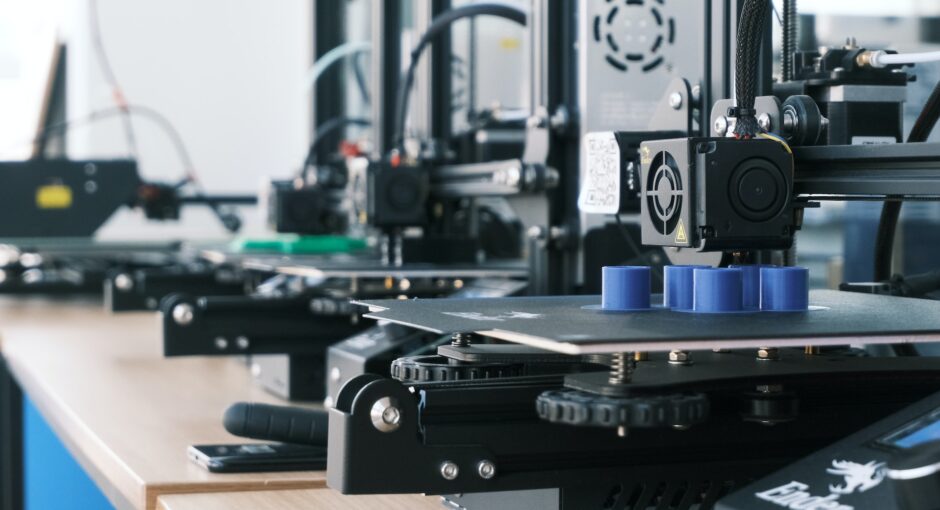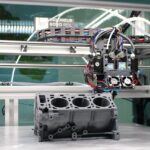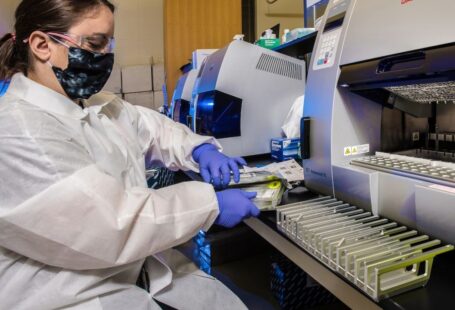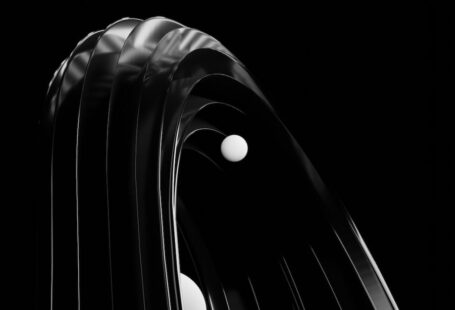The use of 3D printing materials is becoming increasingly popular in manufacturing processes. From prototyping to large-scale production, 3D printing offers a cost-effective and efficient way to produce components and products. However, post-production treatment is often necessary to create the desired end product. This article will discuss the various post-production treatments available for 3D printing materials, the benefits they offer, and the challenges associated with them.
Types of Post-Production Treatment
There are several types of post-production treatment available for 3D printing materials. These treatments can include sanding, polishing, painting, and coating. Each type of treatment offers different benefits and challenges, so it is important to understand the various types and how they can be used in the manufacturing process.
Sanding
Sanding is the most common post-production treatment for 3D printing materials. It is used to smooth and refine the surface of the material. Sanding can also be used to remove any imperfections on the surface of the material, such as burrs or flash. Sanding can be done using various tools and techniques, including hand sanding, power sanding, and air sanding.
Polishing
Polishing is another type of post-production treatment for 3D printing materials. This treatment is used to create a glossy, mirror-like finish. Polishing can be done using a variety of tools and techniques, including hand polishing, power polishing, and chemical polishing.
Painting and Coating
Painting and coating are also common post-production treatments for 3D printing materials. Painting can be used to create a wide variety of colors and finishes, while coating can be used to protect the material from wear and tear. Painting and coating can be done using a variety of tools and techniques, including brush painting, spray painting, and dip coating.
Benefits of Post-Production Treatment
Post-production treatment offers a wide range of benefits for 3D printing materials. It can help to reduce costs, improve the aesthetic appearance of the material, and increase the durability and lifespan of the material. Post-production treatment can also be used to customize the material, allowing for the creation of unique and complex designs.
Challenges of Post-Production Treatment
Post-production treatment for 3D printing materials can also pose some challenges. It can be time-consuming and labor-intensive, and it can also be difficult to achieve the desired aesthetic results. Additionally, some post-production treatments can be costly, and they may require specialized equipment or expertise.
Conclusion
Post-production treatment is an important step in the 3D printing process. It can offer a variety of benefits, such as cost savings, improved aesthetics, and increased durability. However, post-production treatment can also be time-consuming and costly, and it can be challenging to achieve the desired results. It is important to understand the various types of post-production treatments available and how they can be used in the manufacturing process to ensure the successful and cost-effective production of 3D printed materials.





